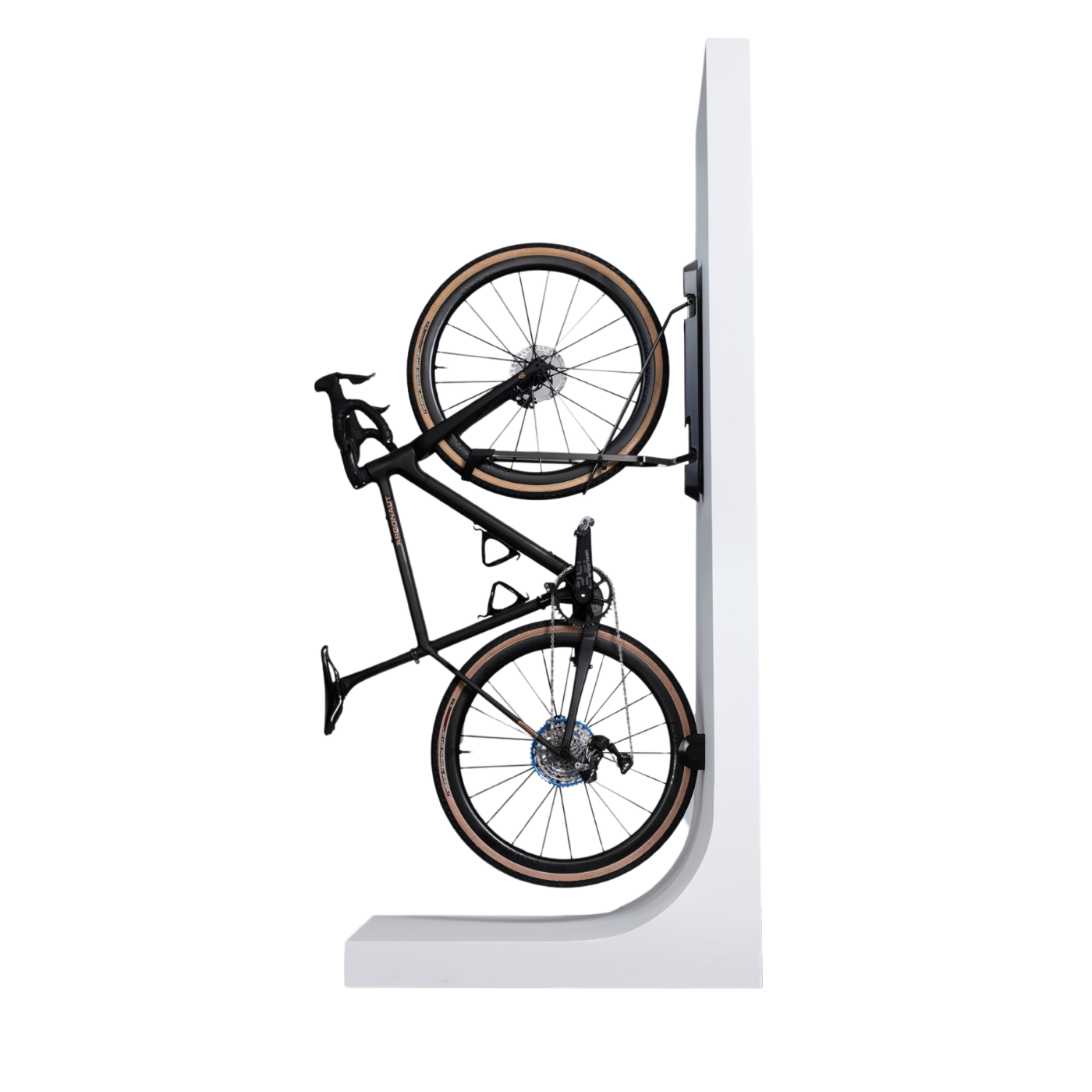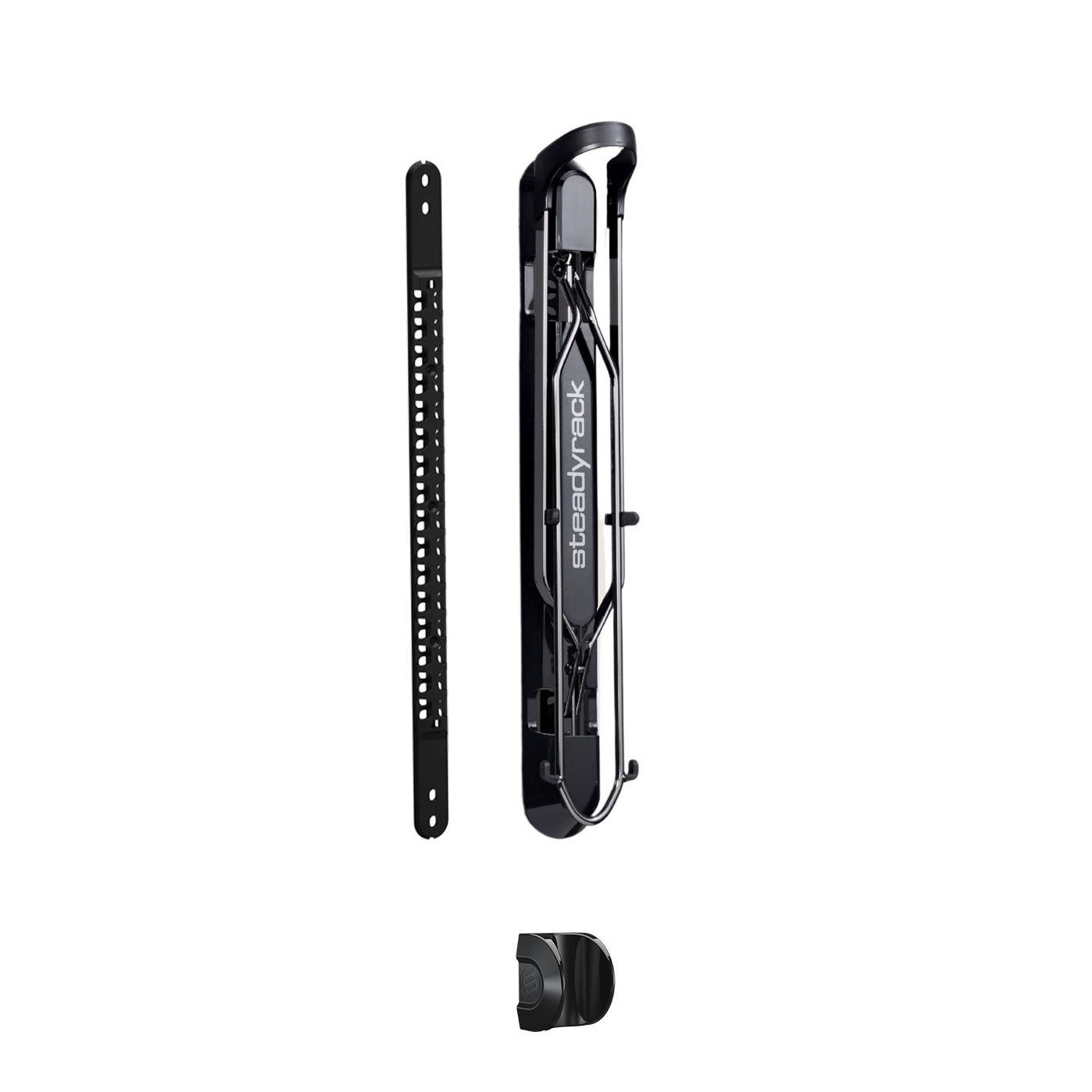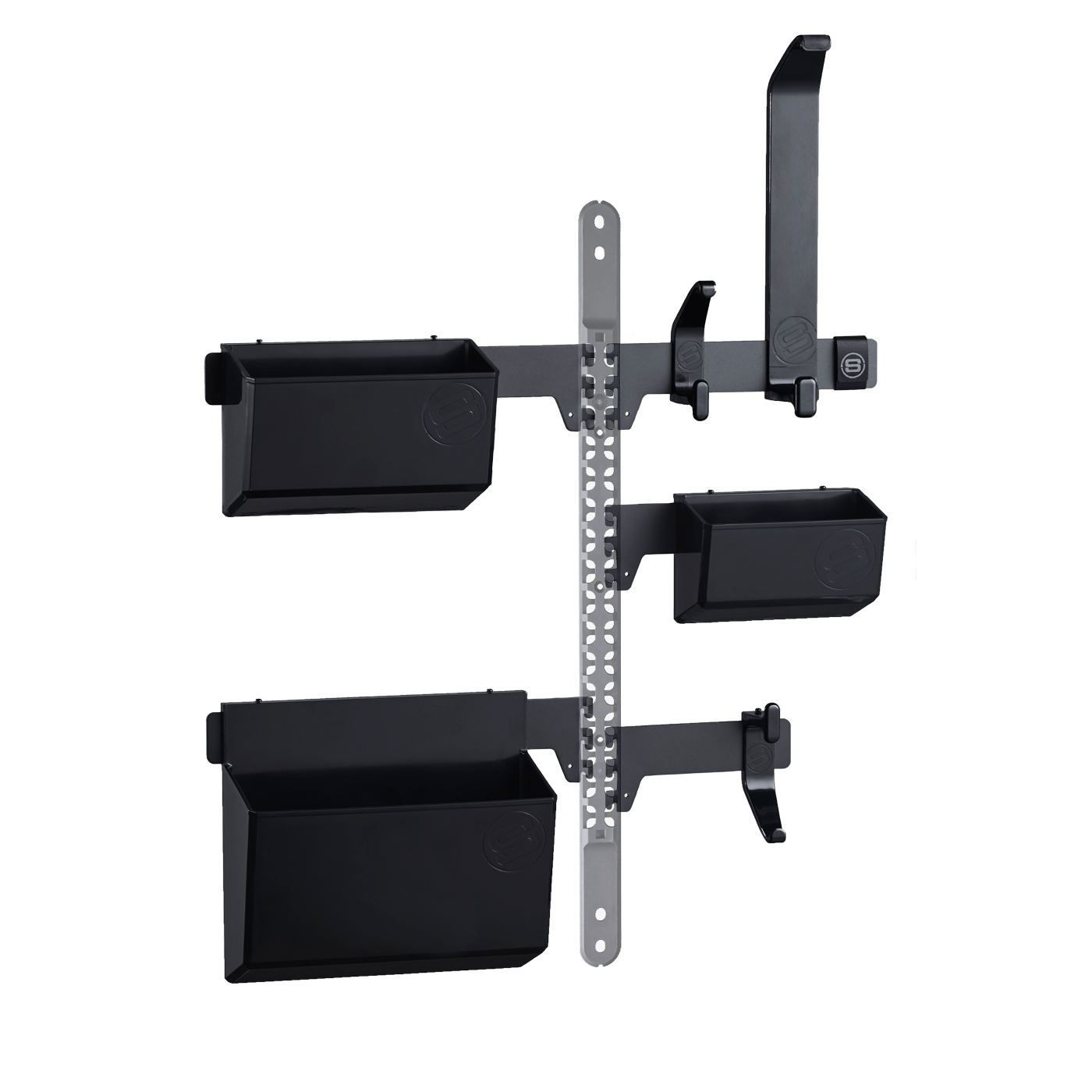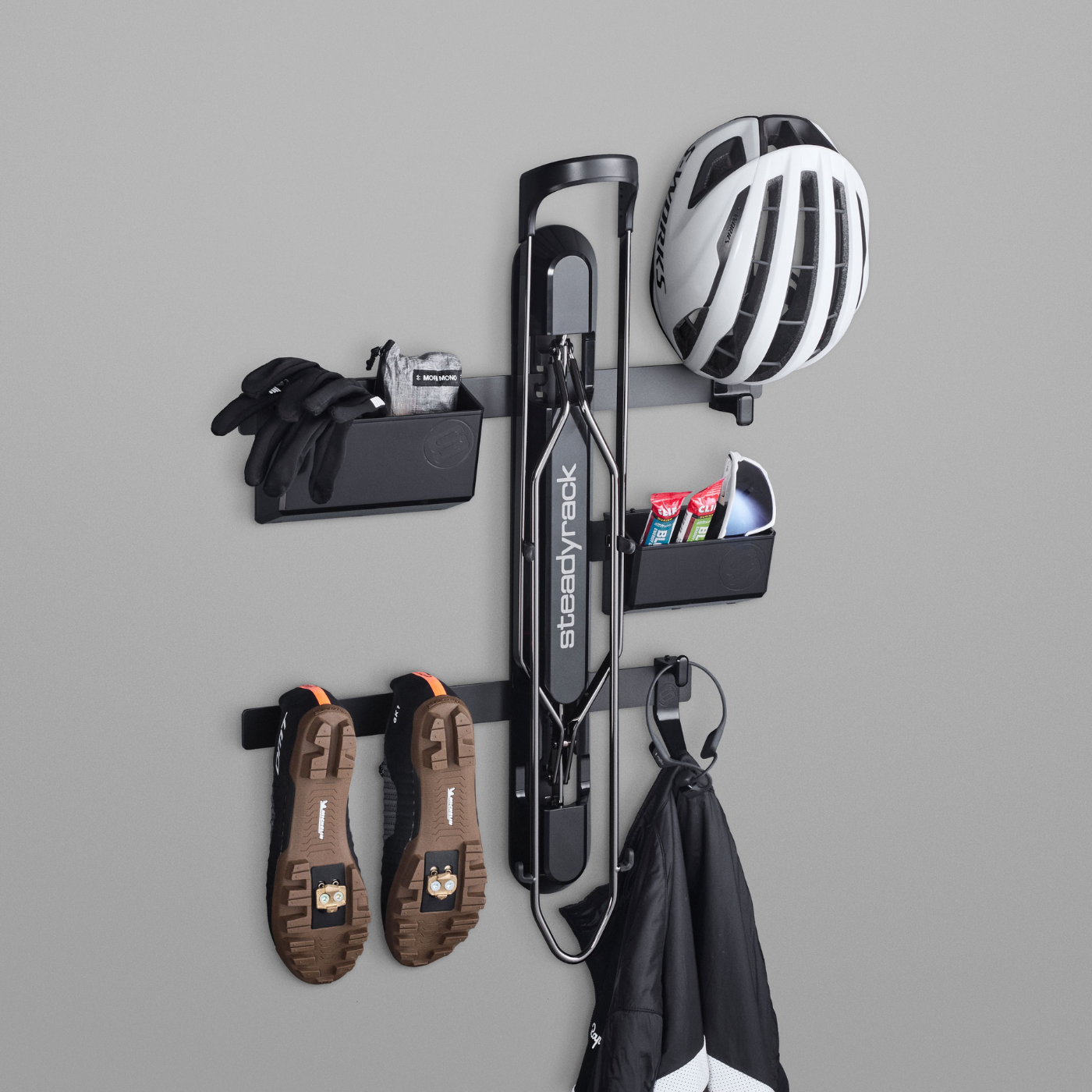La competencia por el bordillo aumenta y las ciudades van a tener que gestionarla
In case you missed it, 2018 was designated the Year of the Kerbby Sabrina Sussman, Zipcar’s public partnerships manager. This is because competition for limited kerb space has been increasing over the past few years, particularly in cities. The kerb is the place that provides “access” between the street and the footpath. The definition tends to include the lane beyond the kerb that is used for car parking, bus stops, taxi pickups and dropoffs, and loading and unloading goods. But kerb competition is increasing from a range of new users including: car sharing, ride sharing, e-scooter share, bike share and e-bike share, food delivery, online order deliveries and, in coming years, autonomous vehicles. And this increasing focus on the kerb is highlighted in recent reports by the Institute of Traffic Engineers, the International Transport Forum and North America’s National Association of City Transportation Officials (NACTO). With this range of new users, cities need to rethink how they manage this contested real estate. Without better kerb management, cities will face increased congestion on local streets from vehicles circulating to access the kerb and on footpaths from a range of shared mobility devices. One change cities will need to make to accommodate these new users is to repurpose kerb space, which has traditionally been used for parking, to other uses. This change will most likely have a significant financial impact. One survey of the 25 largest US cities found parking-related revenues totalled US$5 billion in 2016, or about US$129 per person. While repurposing kerb space will not affect all of this revenue, it will have an impact on city budgets. To minimise this impact, cities will need to think about if, and how, to charge new users of kerb space.
Para gestionar los bordillos, primero hay que identificar los usos
La ciudad de Seattle es uno de los líderes en gestión de bordillos. La ciudad clasificó el uso de los bordillos en seis funciones clave:- movilidad para carriles de circulación, carriles bici y carriles bus
- acceso para las personas que utilicen paradas de autobús, aparcamientos para bicicletas y zonas de carga y descarga
- acceso para que el comercio entregue mercancías
- activación de pequeños parques, food trucks y arte público
- reverdecimiento mediante plantaciones, jardines de lluvia y biodepósitos
- almacenamiento para aparcamientos, paradas de autobuses y obras.
- número de pasajeros que utilizan el espacio del bordillo por modo de transporte
- periodo de tiempo durante el que se observó la actividad
- espacio total dedicado a ese uso.
Cómo calcular la productividad de los bordillos
The CPI is a useful way of quantifying the various competing uses for the kerb. It’s calculated by dividing the amount of activity by the amount of space used, multiplied by the unit of time. For example, the CPI for a bus stop that uses 45 metres of kerb for 250 arriving and departing passengers over four hours would be: 250 passengers/(45 metres x 4 hours), or 1.39 passengers/metre-hours. Alternatively, the CPI for a car space that uses five metres of kerb that services two passengers over four hours would be: 2 passengers/(5 metres x 4 hours), or 0.1 passengers/metre-hours. The CPI shows a bus stop is 13.9 times (1.39/0.1) more productive than a car park. This analysis of usage data provides some rigour in developing a kerb management plan.Basar la gestión en la "medición por encima del mito
Para avanzar, Fehr y Peer recomiendan una estrategia de gestión con tres componentes:- traslado de los bordillos existentes a otras zonas
- la reconversión, que consiste en eliminar algunos usos actuales y sustituirlos por otros nuevos
- flexibilidad, por lo que los usos de los bordillos cambian en función de la hora del día.
- Bordillos abiertos de Coord, una empresa derivada de Sidewalk, que proporciona cortes para sillas de ruedas, bocas de incendios, paradas de autobús y otros activos físicos para bordillos.
- Populus, una empresa de transporte de San Francisco que ha desarrollado un gestor de movilidad que proporciona datos sobre el aparcamiento compartido de e-scooters y e-bikes
- Remix, que ha desarrollado la herramienta New Mobility para analizar y visualizar flujos de datos.








